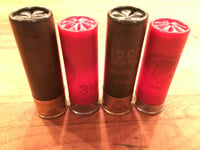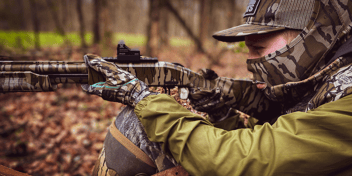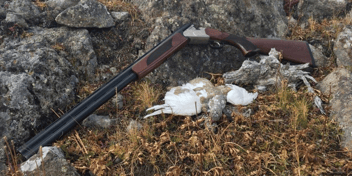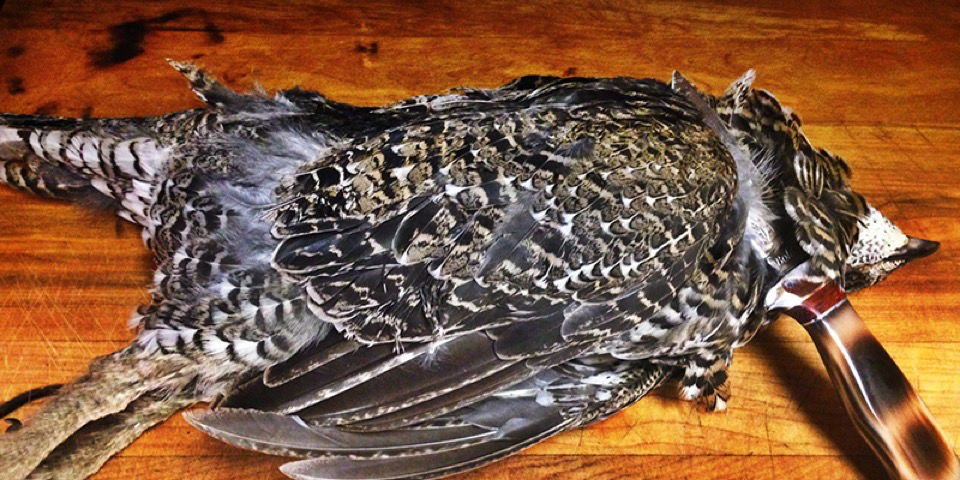
Let’s face it: Some hunters just grab the nearest box of ammo that fits in their shotgun and go without a second thought of how to choose shot sizes. I mean, I can neither confirm nor deny that I was indeed that hunter.
When I first really started into bird hunting, my only real consideration was ensuring I didn’t grab 20 gauge shells for my 12 gauge. I have since learned so much more about shotgun loads. And while I am in no way an expert- I have found a quick down and dirty guide for bird hunting shotgun loads. So here we go, a quick guide on bird hunting ammo. 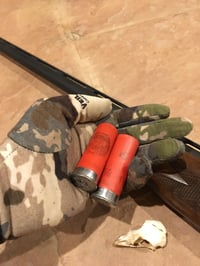
Here is my mantra: One shotgun can be used on any bird… as long as the correct ammunition is selected.
Shot sizes range from size 1 to size 9. Here is how it breaks down: the larger the number the smaller the pellet diameter. So, #9 shot pellets are less than .09 inches. #1 shot pellets are .16 inches or larger. This means a heck of lot more #9 pellets can fit into a shell than #1 pellets. But this also means that because the #9 pellets are so small, they will lose velocity much faster than the heavy #1. That’s it in a nutshell... or shotgun shell. You choose.
A novel can be written trying to break down all of the specifics for the various types of shotguns. Of course, that is left to the experts. I am simply going to break down some suggestions that I have found very helpful in my hunting career. I would also like to add a disclaimer that this guide is a simple recommendation and by no means an expert opinion... While I may be an expert in building an amazing lasagna and color-coding my closet, I am not an expert regarding shotgun ammo.
I'm simply a passionate bird hunter who has found some level of success with the following:
Doves
Use a #7 ½, #8 or #9 shot.
Doves are small and it takes very few pellets to take down one of these suckers.
Using heavier shots will result in meat damage, or worse, total bird annihilation.
Quail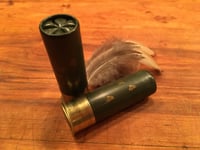
Choose a #6 or #7 shot 1 1/8 to 1 1/4 oz.
Quail are fast and skittish and they are often in the air before you know it.
This shot allows you some weight for distance without much meat destruction.
Grouse
Choose a #7 ½ or #8.
Even though grouse appear large they are a bit more fragile than, say, a pheasant.
Often, grouse will let you get fairly close before taking flight, so you will not need the heavier weight which may result in meat damage.
Pheasant
Use a #4 or #5 shot.
Roosters are tough and the heavier mass shot will help you get better to take down as their flights take on more distance.
Note that these shot options may result in some considerable meat damage at very close range shots.
Chukar
Choose a #6 or #7 shot.
Chukar is a bit smaller and takes flight quickly like quail. This shot will give some weight to the shot to carry more distance without doing much damage to the meat.
Partridge
Choose a #7 ½ or #8.
Partridge is also fragile and it doesn’t take as much to offer a lethal hit.
So with that, you can use this quick guide as a suggestion for an overall size of a shot. Your overall ammunition selection will also depend on personal preference, shell size, and local availability. However, these quick suggestions can help you narrow down your choice when you get to the counter!
About the Author


